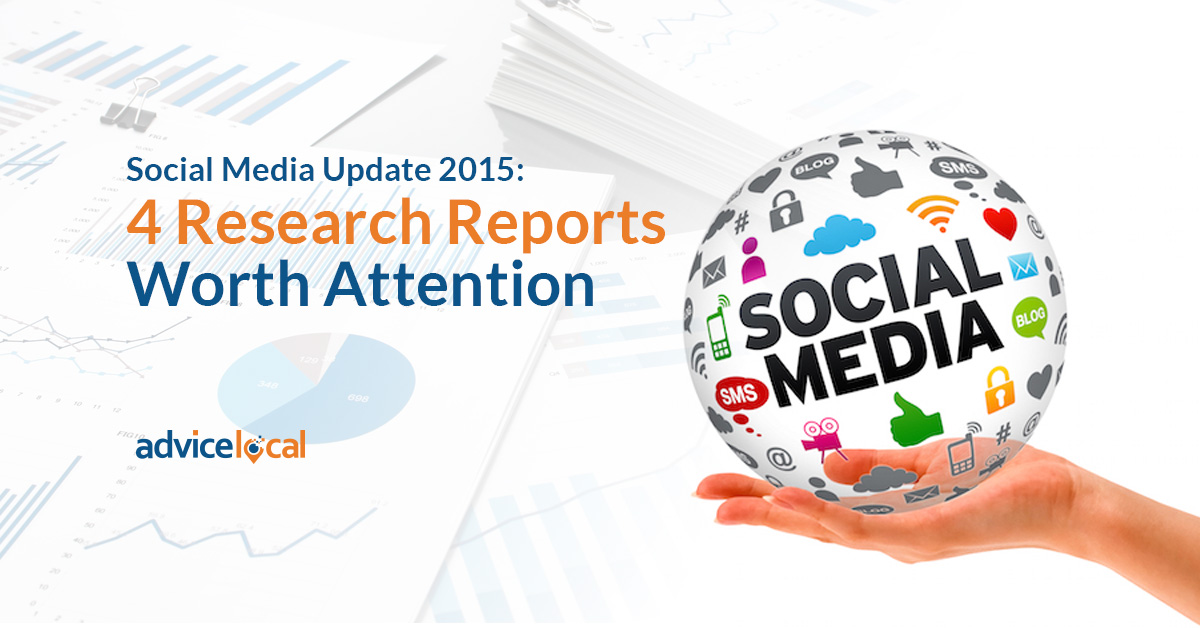Social media is an integral part of content marketing, and these days there is an array of options for social sharing that goes way beyond Facebook and Twitter. While those platforms are popular and highly useful, additional apps such as Medium (for blogging), Instagram (photo sharing), Pinterest (a sort of digital scrapbook) and SlideShare (for presentations) also have a role to play in effective content marketing.
How To Best Use Social Media
Since the year is just getting underway, I thought it would be interesting to check out the latest research on how to best use social media to disseminate quality content. In 2015, what does the landscape look like for content marketing via social media, and how can marketers maximize the benefits? I found a good deal of recent research on the topic, with these four sources standing out.
1. From the blog of Percolate, a marketing automation company
- On Twitter, image posts consistently generate 500% higher engagement than text-only tweets,
- On Medium, essays that are 3 minute reads get significantly more views than longer reads.
- Even more interesting, essay attention and engagement on Medium starts to drop off for anything longer than a seven minute read. By the time a post requires 10 minutes to read, most users have completely tuned out.
2. From the most read posts of the year 2014 on Buffer, a social scheduler
- Tweets shorter than 100 characters have a 17% higher engagement rate.
- Facebook posts with 40 characters receive 86% more engagement than posts with a higher character count.
- Domain names should be a maximum of 8 characters. They should be easy to remember and spell, NOT include hyphens or numbers and have a .com extension.
- The optimum presentation on SlideShare is 6 minutes long and contains about 61 slides.
- On YouTube the most popular videos average about 3 minutes in length.
- Blog headlines are ideally 6 words long. It seems that people tend to read the first and last 3 words of a long headline, so keeping your header to 6 covers you at (ahem) both ends.
3. From the Pew Research Center on Internet, Science and Technology
- Although some experts feared that the 24/7 availability of social media was adding too much stress to people’s lives, a study found that additional stress is not a big factor when the content is commercial or business oriented.
- While some people did experience heightened stress from social media interactions, the stress was social in nature. Respondents — mostly female — who reported experiencing stress from social media said it was because they became upset when they learned about the problems of friends and family.
4. From the Social Media Technology Community Group on Google +
- Since their invention, hashtags have become ubiquitous. They now have many uses in addition to tagging posts on social media. These include live conferences and events, Twitter chats, and real-time social activism.
- So what is proper hashtag etiquette? For Twitter, most people say that once you have included 2 or 3 hashtags in a tweet, you have reached your limit. Anything more annoys followers.
- One the other hand, Instagram pictures often include 10 or more hashtags, and no one seems to have a problem with it.
The Big Social Media Takeaways
- Whenever possible, include a visual with tweets on Twitter (and probably with posts on other platforms too.)
- Limit Twitter hashtags to 3 but you can hash away on Instagram.
- Write copy that grabs attention quickly. Use short headlines that pique curiosity. Eschew clever puns and fancy words in favor of describing what the post is about. Write articles that take an average reader between 3 and 7 minutes to finish.
- Don’t believe everything you hear about social media being stressful. For most people it’s not, and business communication tends to be exempt from the stressors in any case.
What to prepare for:
The most effective channel in 2015 will be mobile. Are you mobile ready? This channel lets brands create compelling visual messages at different stages through the client’s journey. With the exciting move in technology towards geofencing and geotargeting, retailers need to put mobile and mobile apps at the forefront of their content marketing. 2015 will make optimized web and social media sites the norm and geo-targeted, real-time content an important component in every digital marketing strategy.



